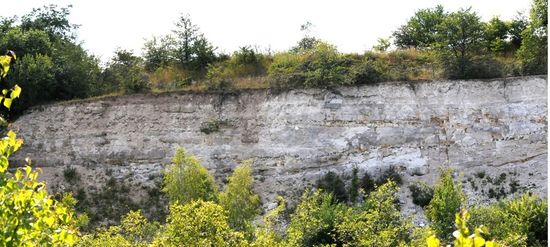Difference between revisions of "Main Page"
m |
m (→Overview) |
||
| Line 11: | Line 11: | ||
[[ Conceptual modeling | Development of a conceptual model for a field site (Akacievej, Hedehusene) ]] | [[ Conceptual modeling | Development of a conceptual model for a field site (Akacievej, Hedehusene) ]] | ||
| + | |||
[[ Modeling objectives | Modeling objectives: how can models help in decision making? ]] | [[ Modeling objectives | Modeling objectives: how can models help in decision making? ]] | ||
| Line 25: | Line 26: | ||
[[ Recommendations ]] | [[ Recommendations ]] | ||
| + | |||
[[ Literature and links ]] | [[ Literature and links ]] | ||
Revision as of 15:53, 20 April 2016
Modeling guideline for contaminant transport in fractured limestone aquifers and development of a conceptual model for a field site (Akacievej, Hedehusene)
Authors: Klaus Mosthaf, Mette Martina Broholm, Poul Løgstrup Bjerg, Philip John Binning (DTU Environment)
Overview
Data acquisition and field methods
Development of a conceptual model for a field site (Akacievej, Hedehusene)
Modeling objectives: how can models help in decision making?
Available model types for flow and transport in fractured aquifers
Modeling tools and little helpers
Model setup for fracture flow and transport in limestone aquifers
Field data and model calibration
Model output: what do we get out of the different models?
